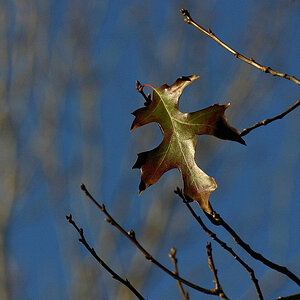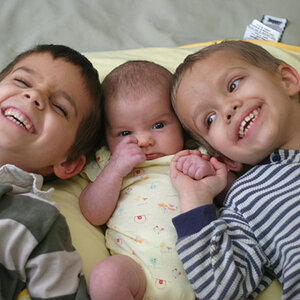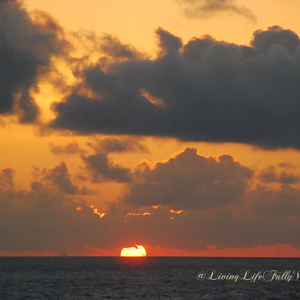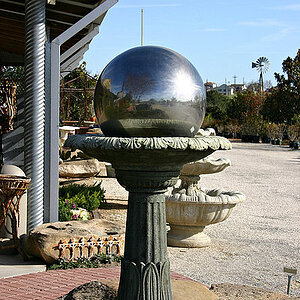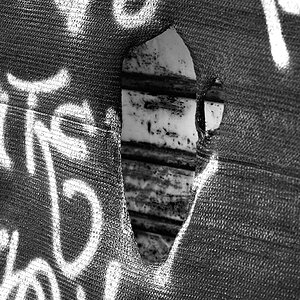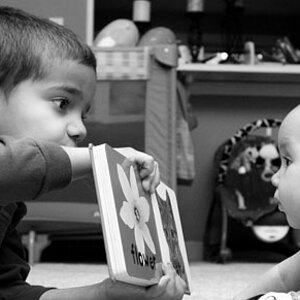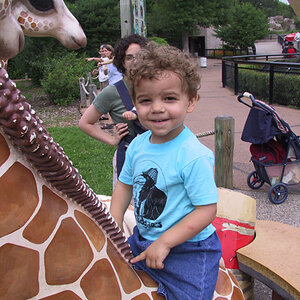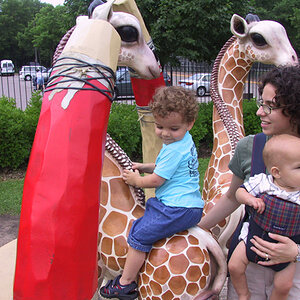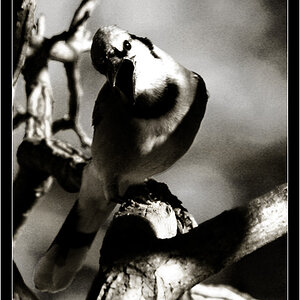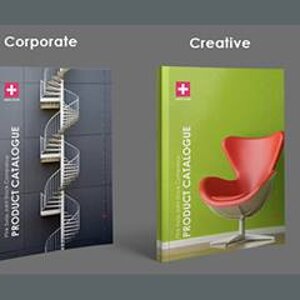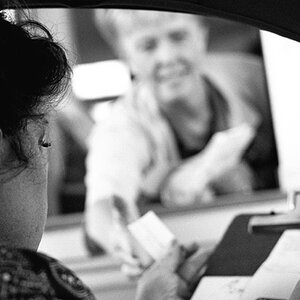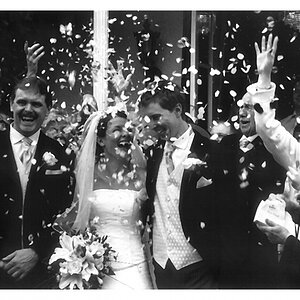feRRari4756
TPF Noob!
- Joined
- Dec 25, 2008
- Messages
- 323
- Reaction score
- 0
Hey guys I recently shot a basketball game at ISO 1600, Shutter Speed: 1/125, and Aperture f4 (my largest).
My images had a moderate amount of noise but noise ninja reduced most of it. now, i discovered Imagenomic Noiseware Pro and it works a lot better than noise ninja.
here are some examples:
(original)

after run through Imagenomic Noiseware Pro:

Now my question is, if i raised my ISO to 3200 (since theyre a little underexposd), do you think the images would still be clean after a run through that program?
My images had a moderate amount of noise but noise ninja reduced most of it. now, i discovered Imagenomic Noiseware Pro and it works a lot better than noise ninja.
here are some examples:
(original)

after run through Imagenomic Noiseware Pro:

Now my question is, if i raised my ISO to 3200 (since theyre a little underexposd), do you think the images would still be clean after a run through that program?






